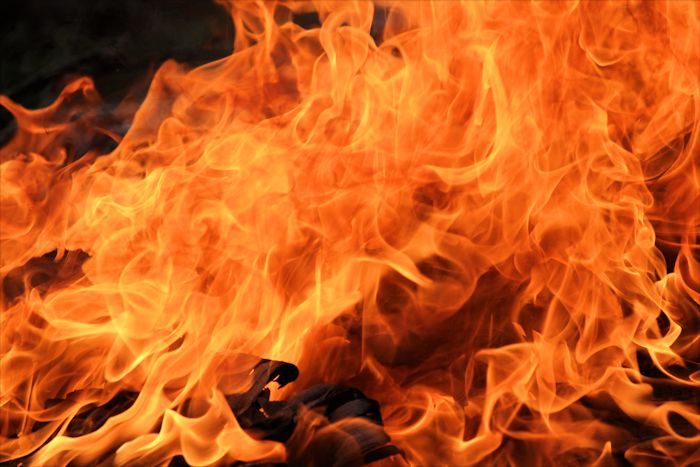- Joined
- May 18, 2013
- Messages
- 3,273
- Reaction score
- 30
- Location
- Traditional Surrey
- Hive Type
- National
- Number of Hives
- 10-20 depending
I had a reply from the reporter who wrote the piece, as follows "I just wanted to apologise for my mistake with the picture on the article about the Asian Hornet.
I’m new to the office, and was on my own covering a late shift. I was asked to keep the website active and use the article elsewhere of the Asian hornet. We didn’t include any picture in the newspaper.
I’m unable to put anything online without a graphic so I searched the company’s database of pictures that we have permission to use. I searched for ‘asian hornet’ on here and this was one of the pictures that came up with ‘asian hornet’ in the details.
My editor has emailed me the information that you sent, so I didn’t remove the article I only changed the picture to one with just a nest so that I don’t cause any confusion. Sorry about the mistake, I will be more careful for future articles to try to double check that each detail is correct.
Kind regards,
Sarah Colston
Reporter
Gazette Series"
CVB
I appreciate her conscientiousness: please express that to her for me if you get a chance. It's not the mistake but the (non-) cover-up...







